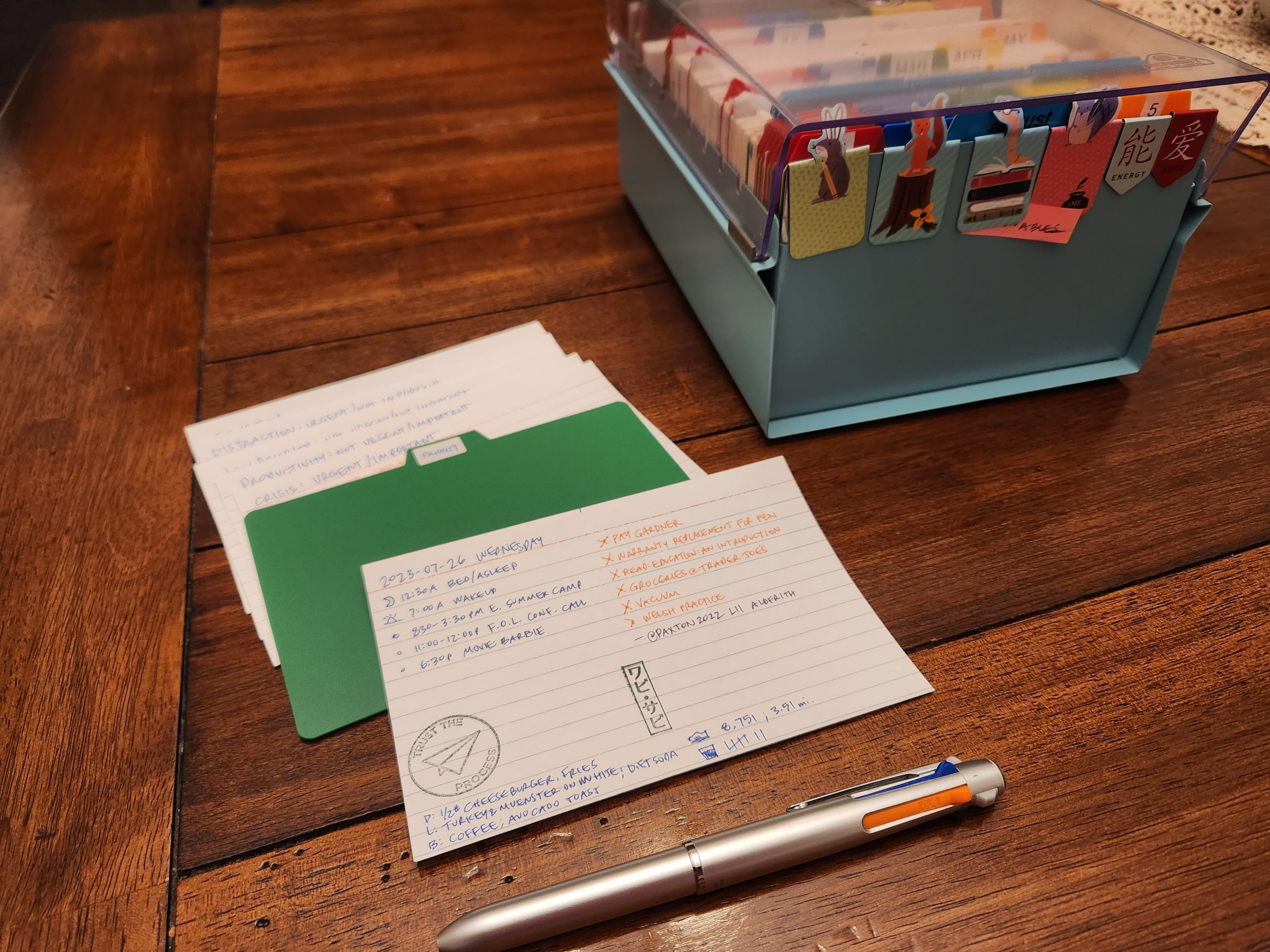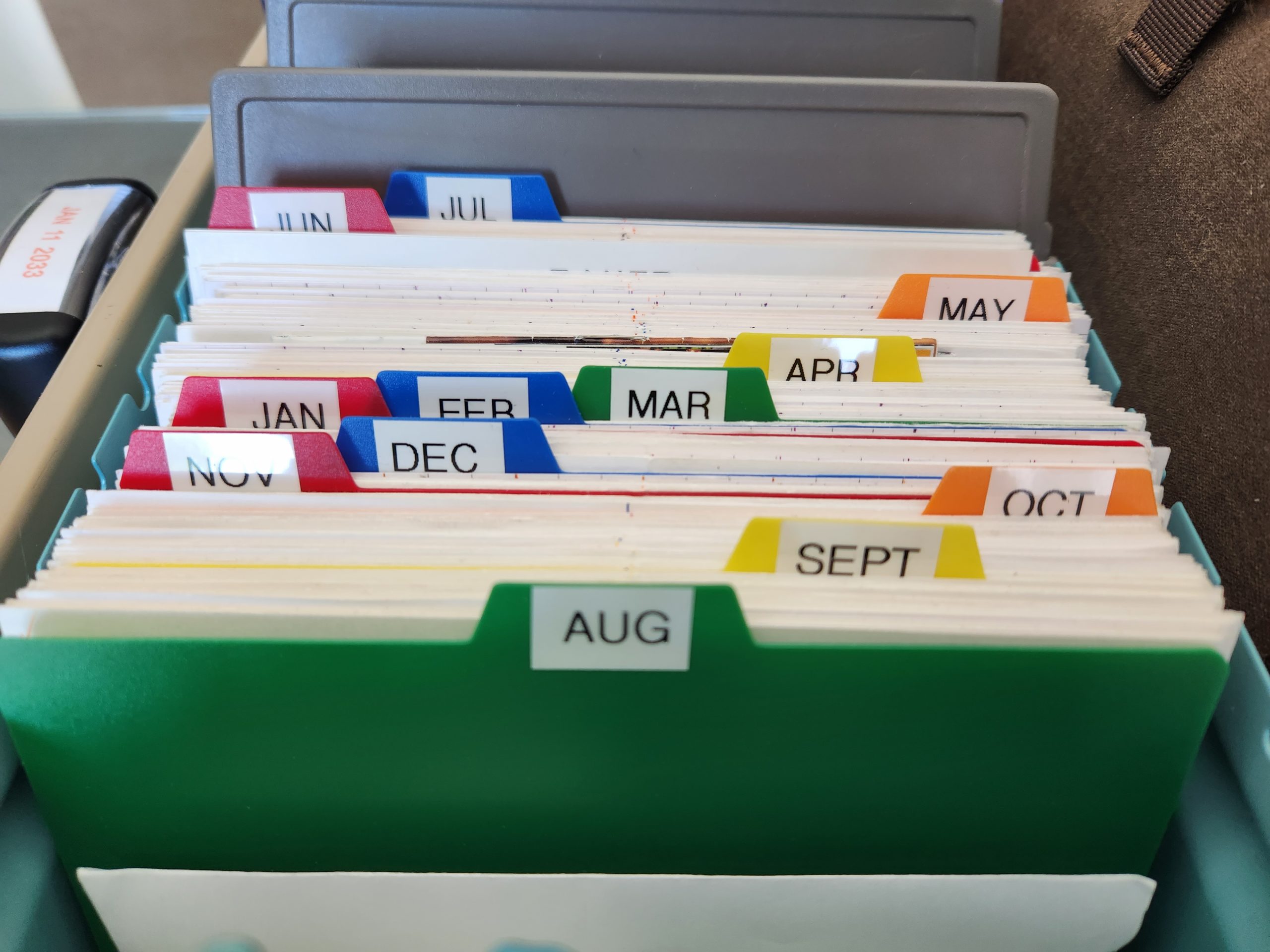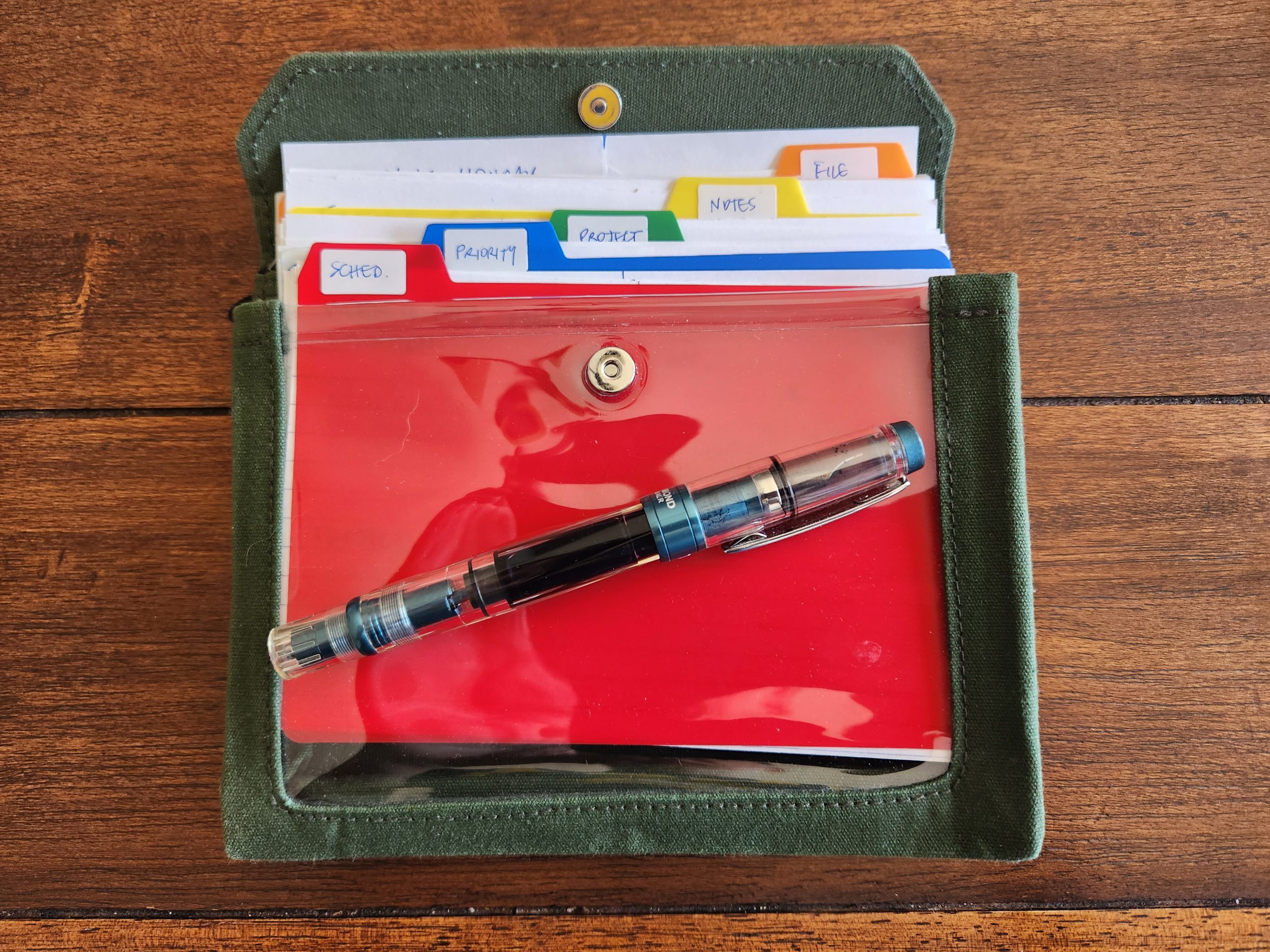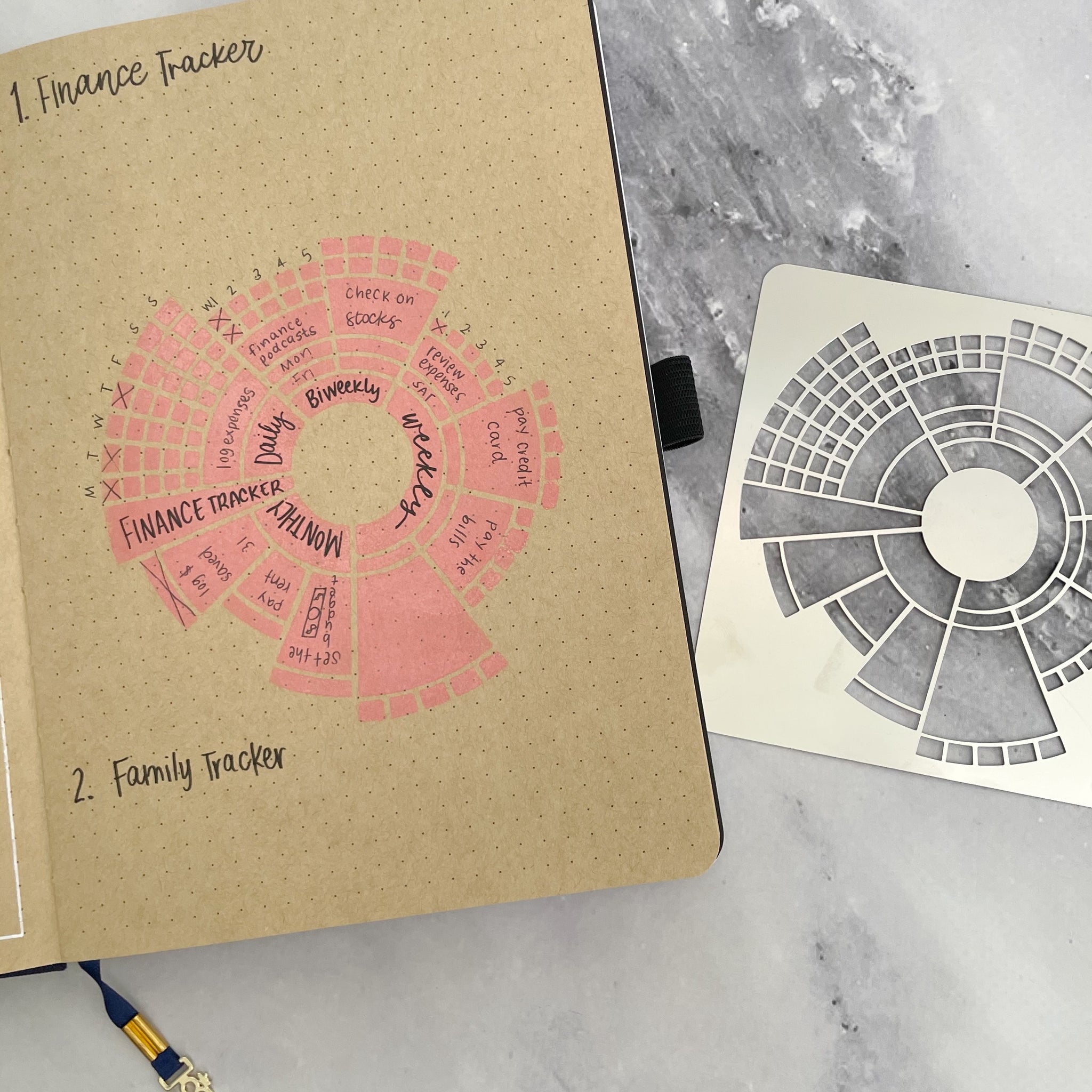Some interesting finds Josh.
Related to some of the bullet journal (aka BuJo) and journaling space you will eventually come across the idea of "morning pages" which is a technique where you spend a block of time (usually in the morning, but ideally just before you want to do your creative thinking work) where you write for a set amount of time or number of pages. The goal of this method (and to some extent bullet journaling) is to clear the cruft and extraneous details out of your head to be able to better prioritize and focus on your creative work. There's a relatively large group of people doing this as a technique, so even knowing the phrase can help one to find the literature.
Tangentially related to this and memory (via our old friend rhetoric), I've been doing some significant research into the commonplace book tradition and general note taking with an eye towards knowledge acquisition, creation, and spaced repetition systems. This has led into research into the areas of the zettelkasten, digital note taking, digital gardens and the like. All fascinating areas which overlap memory via rhetoric. I suspect that many mnemonists in the Renaissance used commonplace books as physical written memory palaces, though I've yet to find anything in my research that directly links them other than the relationship they have in the long tradition of rhetoric in Western culture. Since you mention music and writing lyrics, I recently noted that Eminem has a commonplace technique which he calls "stacking ammo" by which he compiles ideas for his lyrics. His method is certainly less structured than a traditional commonplace book, but the overall form traces back to our friends Aristotle, Cicero, and Quintilian.
If you delve into some of the Bullet Journal and journaling literature you'll find a subculture of people (YouTube has hundreds of people with entire channels dedicated to the topic) who write into their daily/weekly planners and decorate them with stickers, washi tape, photos, calligraphy, drawings, etc. I've called some of this "productivity porn" before, but if you search commonplace book on Instagram or Pinterest you'll find examples of people whose journals and notes are becoming physical memory palaces where the visuals are likely helping them remember portions of their lives or what they're writing. The stickers and images to some extent are serving the purpose of drolleries seen in Medieval manuscripts as mnemonic devices.
And finally, tangentially related to all of this is another interesting sub-genre of memory and note taking called sketchnotes which combines active listening, writing, and drawing into a mnemonic related note taking activity. I'm actually a bit surprised to find so little on the technique here on the forum. Searching for sketchnotes on social media will provide lots of examples and there are many "What are sketchnotes" short videos on YouTube that will give you an idea of what's going on. Many of these talk about a memory component, but not being mired into the sub-topic of rhetoric, they're usually not using the same framings we would (here on the forum), though the effects one might expect are the same.
Some related richer resources for these areas, to help people from going down the rabbit hole within the performative social media spaces:
- How to Take Smart Notes: One Simple Technique to Boost Writing, Learning and Thinking–for Students, Academics and Nonfiction Book Writers by Sönke Ahrens
- This touches on note taking within a zettelkasten framing, but is also applicable to the commonplace book tradition
- Sketchnote Handbook, The: the illustrated guide to visual note taking by Mike Rohde
- This is one of the bibles in the space and gives a solid overview of what, why, how, etc.
- A Brief History & Ethos of the Digital Garden by Maggie Appleton







